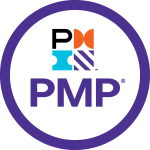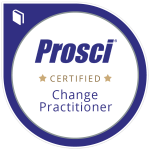What You Need to Know About Business Models

Starting with a common vocabulary of Professor Christensen’s (HBS) popular 4-part model: Customer Value Proposition; Resources; Processes; Profit Formula. The emphasis on each of the 4 dimensions varies during three discrete stages of maturity. We then share a general management framework successfully used in multiple industry verticals.
Elements of Continuous Improvement

Elements of continuous improvement are based on analysis of 10 popular continuous improvement methodologies. We identified 28 common elements and grouped them into three lifecycle meta categories of Direction, Analysis and Execution. Based on our work to embed continuous improvement within a client, we share some of our approach thinking.
Safe Execution: Business-IT risk discussion

Getting away from C-I-NO! Discuss Business-IT risk more rationally by considering the 4A’s of Availability (of business processes), Access (by the right people), Accuracy (of the information) and Agility (of change). But the most critical element is start the dialogue with IT.
Blue Ocean Growth

We explore the blue ocean growth metaphor (i.e., don’t look for growth in highly competitive, red ocean, product/market structures) by summarizing a frame made popular by Kim and Mauborgne (c. 2004), including bringing in what we believe inspired Kim and Mauborgne- Ansoff’s product/market matrix (c. late 1950’s).
Change Leadership- Traversing the emotional cycles of change

Traversing the emotional cycles of change is critical to successful change leadership- achieving business results. With research, now common belief, that more than 2/3 of transformation efforts fail, we explore an analogy of significant change with the documented stages of cancer patients.
The Email Opportunity for Improving Collaboration
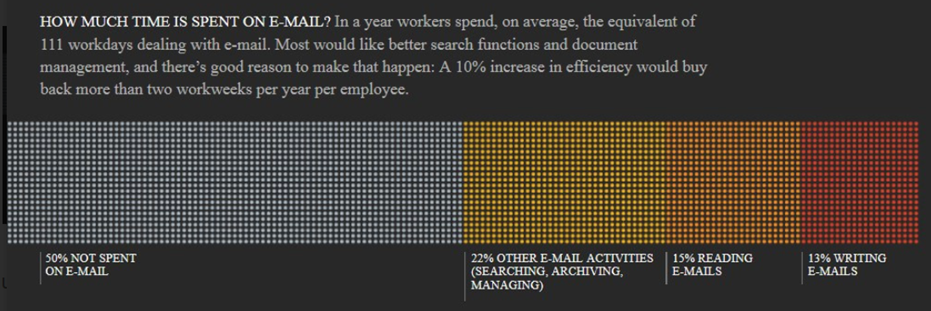
The email opportunity for improving collaboration considers how we spend half of our work-year on email. The new collaborative tools with more enhanced search, ask and share capabilities offer an obvious solution, as long as we don’t end up doing both.
The Calculus of Capabilities- An integrated maturity model
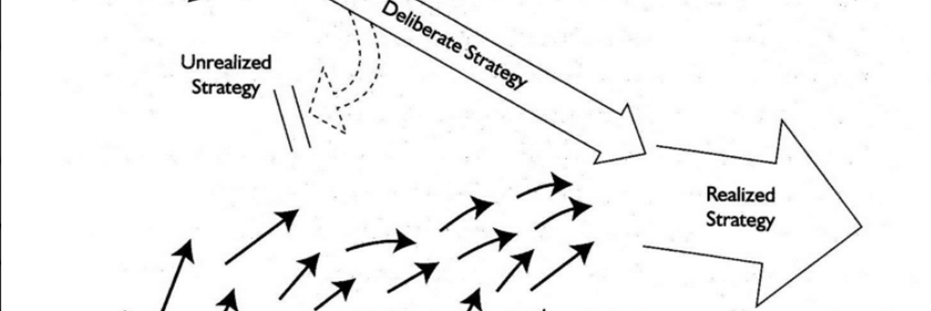
We present two foundational, integrated maturity frameworks as a follow-up to our previous post “The Calculus of Capabilities“, where we explored various capability maturity models (CMMs) by reverse engineering nearly 20 common CMMs.
The Calculus of Capabilities

In The Calculus of Capabilities we explore the breadth of approximately 20 common capability maturity models (CMMs), and we observed from our reverse engineering the linkage between maturity-level and scope-of-involvement. We propose a 5-level progression as a CMM base framework.
Great Teams Require Great Communication
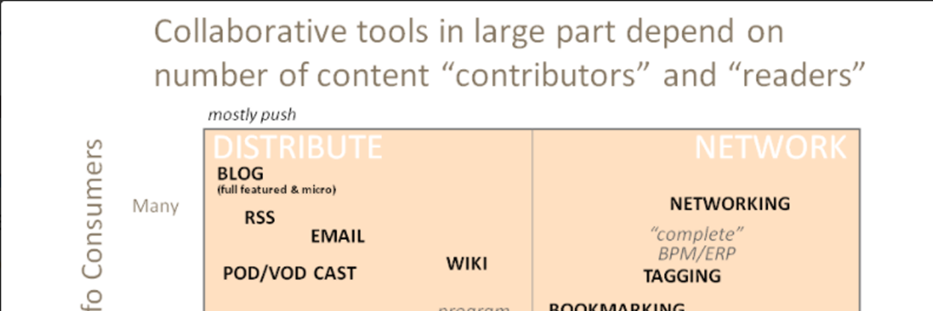
Great teams require great communication, as communications is highly correlated with team success. We developed an analytic frame to consider the number of contributors versus the number of readers. We then mapped current enterprise uses and common tools to illustrate “neighborhoods” of communication.
2012 Year-end Favorites- An Overview

One of our mostly-annual series of what we found as our favorites for the year. This year’s year-end favorite categories include Business + Economics, Management, Change Leadership, Book, Engagement, and Your Favorite Post (most visited)

